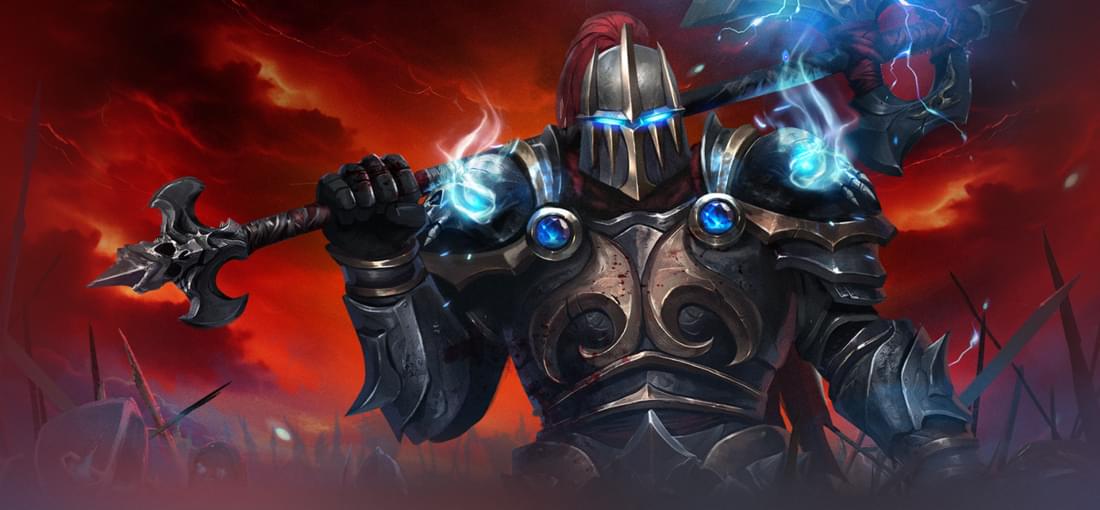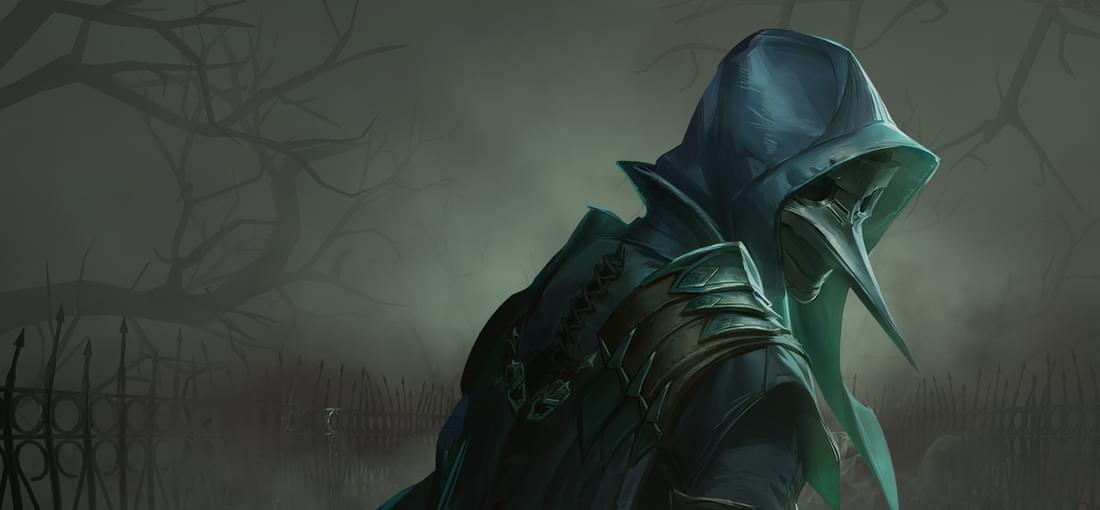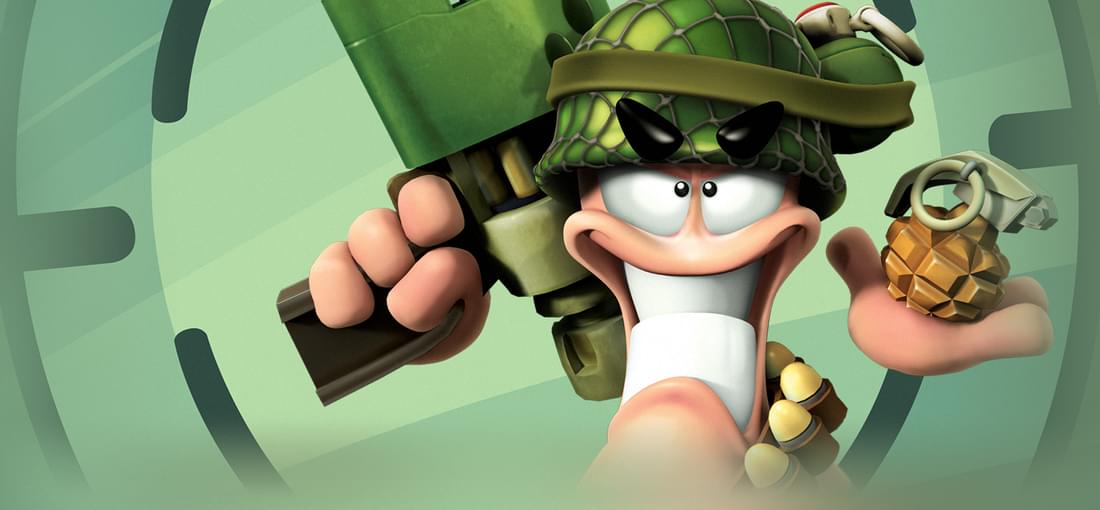


Firstly in general: The game starts with short a tutorial. Once that is done, the main game begins. There are 3 main hero characters you can pick from. However, only one is unlocked initially and the others need to be unlocked by progressing the story. Finish the story arc with character 1 to unlock character 2, and 2 to unlock 3. The hero you choose is one of the most important things. Not only does it dictate what units you're going to have access to, but every leader also has a couple specializations you can pick from. These are a key element of the playstyle in the upcoming run. As for the runs themselves. You get to manage multiple things. Namely units, mercenaries, gold, forbidden knowledge, building materials, edicts, artifacts, menace level, army level, upgrading your hero or healing. So quite a lot. Units - you have a starting set and have to get others through map encounters. Used in combat. Mercenaries - these cost gold and are more powerful than regular units. Over the run, you can unlock them for recruitment from a random pool. The cost of unlocking and recruitment goes up every single time you do it, so preserving units is important. Can also be gained from encounters. Gold - used for mercenaries and gained from map encounters. Forbidden knowledge - used to upgrade mercenaries. Unlike regular units, they have small skill trees you can invest forbidden knowledge into. Building materials - used to build buildings in town. Each hero's faction can build several support structures which provide beneficial effects for the rest of the run. Edicts - spells used in combat. More on that later. Can be gained/upgraded from encounters. Artifacts - used over the course of combat. More on that later. Can be gained/upgraded from encounters. Menace level - every time you move on the world map, you get menace. The higher it is, the stronger the enemies are. Every point of menace increases enemy HP and damage by 1%. This will probably be the most offputting mechanic. Every node you visit adds a set amount of menace (dependent on the difficulty level) and even moving between already visited nodes will slowly ramp it up. So gaining a pretty significant amount of it over the course of the run is pretty much inevitable. There are ways to reduce it either through events or finishing a part of the map, which will cut the menace level by a % of its current total. This reduction again depends on the difficulty level. The rate of menace gain is probably the most significant change between the difficulty levels. On the harder ones, there is not really a way to keep it down, only slow its buildup. However, if one does not like this "Doom clock" mechanic, there is also a custom difficulty option where you can disable/reduce it. Army level - the power of your army. Basically a way to counter the menace level buildup. Every level increases the HP and damage of your units by 5%. Gained from encounters or winning combat encounters. Hero upgrades - your hero has their own damage/health, as they can also participate in combat. Can be increased, usually through encounters or some alternate methods like hero specialization. Healing - ways to heal either your hero or your units. No health is regained passively between combat encounters, but some map encounters can provide it. There are some other ways of healing in combat too, but those are pretty rare/specific unit limited. Simply put - health is also a resource. With the extra caveat that units and mercenaries can die, but if your hero dies, the run is over. So managing it is equally as important as any other resource. Map: There is a randomly generated map with nodes. These nodes are either one of the games many encounters, or combat encounters. More on combat later, but events usually offer a choice. The vast majority of them comes down to resource management. Usually a mix of gain/loss of some resources explained earlier. One exception is locations that give memory shards. These are used to unlock new mercenaries, edicts and artifacts between runs. You go through the map towards a primary objective. Full clearing seems to be desirable, but there is the menace level buildup of course. So eventually, skipping some nodes might be more optimal than full clears. The map is split into sections. Once you finish the primary combat encounter, the region is conquered. This reduces menace level by an amount (depends on the difficulty) and you move on to a new map. Rinse and repeat. Combat: Once combat encounters are started, first comes the deployment phase. Both you and the enemy deploy 3 units each to the positions of your own choosing. There are pre-defined spots, so you only pick the position. As many attacks can hit multiple enemies in various cases, proper positioning is important to minimize incoming and maximize outgoing damage. You can also protect backline units by putting another unit in front of them Then turn based combat starts. If you have artifacts, you can pick one to activate. All units have their own set of attacks and abilites they can use. Including many passive or conditional abilities, the optimal usage of might require comboing with other stuff. Extra emphasis is put onto these combos. Some units combo extremely well with each other. You can additionally combo these further with the right edicts and artifacts. This is limited by action points. Each unit has its's own AP gain per turn and max AP. Unused AP can carry over to the next turn, as long as not at the maximum already. Some abilities cost one AP, some more. Some are free, have a cooldown or a charge limit meaning they can only be used a limited number of times in combat. This all results in pretty varied potential strategies. Edicts are spells and have their own resource. By default, you get 2 points per turn to spend (there are ways to get more). They are usually pretty impactful and are key to killer combos. As the fight goes on, it "escalates" every couple of turns. When the escalation phase increases, both sides can deploy an extra unit to the battlefield and you can activate another artifact. Your units will die. They are a resource which needs to be constantly replenished. Every unit has its own death effect, which bolsters the other living units. There is also no healing after combat. All damage sticks and units remain at the health they ended combat with. Finally, you can deploy your hero into combat at any point. This causes all your units to withdraw and only your hero remains until the end of combat. So can be used to conserve health on units. The hero is very powerful, but any lost health on them is a big loss. This incentivizes softening up the enemy first with your units before sending the hero in. Doubly so, as the hero usually gains a permanent upgrade whenever they kill an enemy. So timely use of the hero is key. Not too soon so that they lose a ton of health, but not too late so that your units get excessively hurt or there are no enemies left for your hero to kill. The hero also "escalates" every 2 turns and receives a big bonus. The longer your hero is in combat the more of a power house they become. But also risk losing more and more valuable health. Conclusion: To sum it up - the game is all about resource management and tactical combat. If you are not a fan of those two, then it's probably not for you. If you are however, you get a quite nice game with a lot of tactical depth and challenge. Difficulty options make it so that the game is not only for the min-maxing master strategists. It's wrapped in a nice coat of paint, appealing art style, accompanied by good music. And you play as the "bad guys". Always a plus in my book. Did a couple runs so far and found the game quite enjoyable. Still only on the first hero, but looking forward to toying around with the other heroes and factions. Giving this an 8/10. Considering the asking price, if you liked the things described above, you can't go wrong.

As per title, a pretty decent souls-like with a unique damage mechanic. Most hits will inflict only little actual damage, but a lot of "Wound" damage. This is marked by a part of the enemy health bar becoming differently colored. This damage you have to "confirm" using your secondary attack - the Claw. If you do not and the enemy does not get hit for a couple seconds, the Wound damage will begin to regenerate. Any damage the enemy takes will reset the regen timer. The Claw attacks are pretty slow and generally have to be used during windows in the enemy's attack pattern, as taking damage will interrupt the claw attack. Enemies with 0 health don't die outright and also have to be executed This results in rewarding aggressive playstyle from the player to the extreme. Furthermore, there is a LOT of emphasis on parrying. If you dislike this mechanic, don't bother with this game. Some bosses would be pretty much impossible without learning their pattern and parrying everything or almost everything. Parries also inflict a lot of Wound damage, making them pretty much the best defensive AND offensive tool. Some enemies give basically no room to get normal attacks in and interrupting enemy attacks is almost impossible. Also, if you rail into an enemy too much with standard attacks, they will get an auto-block and proceed with a counterattack. As for other stuff, levelling is simple. 3 stats - Normal attack damage, Claw damage and energy, Health. Energy is used for casting weapon skills. You only have your basic sword/dagger always available and you can pick a "Plague Weapon" to cast with your energy. These are just special attacks, not weapons of their own. You can also execute enemies with the Claw and steal their weapons. Same as Plague Weapons, except one time use only. The game is pretty short with just 3 major locations, all reused for a couple side quests each. Story is there, but pretty meh overall. No voice acting, only several major enemy types. Bosses are cool.

This is Worms 4 Mayhem and Worms 3D squashed together. Both great games on their own and well worth playing. But it ignores the fact that both games ran on pretty different engines. Physics, AI behavior and pretty much anything you can think of behaved differently between Worms 3D and 4. And this release imposes Worms 4 rules on everything. So yes, you can play the Worms 3D campaign in this for example, but it will play very differently from what it did originally. I personally preferred the physics from Worms 3D for example. That's not even mentioning things like losing the Worms 3D menus, theme music or level generation (which worked very differently in 3D) etc. I'm really not a fan of these "combo" releases because it is pretty much guaranteed to do dirty to one of the combo items, in this case, Worms 3D. Kind of like Unreal Tournament 2004 erased the existence of UT 2003. It's pretty much an antithesis of game preservation and future generations will receive a very skewed impression of what Worms 3D was. For that, I can't give this version more than 6/10. Just bundling the 2 original games together instead of stitching them into some sort of a hybrid would have been much more preferable.